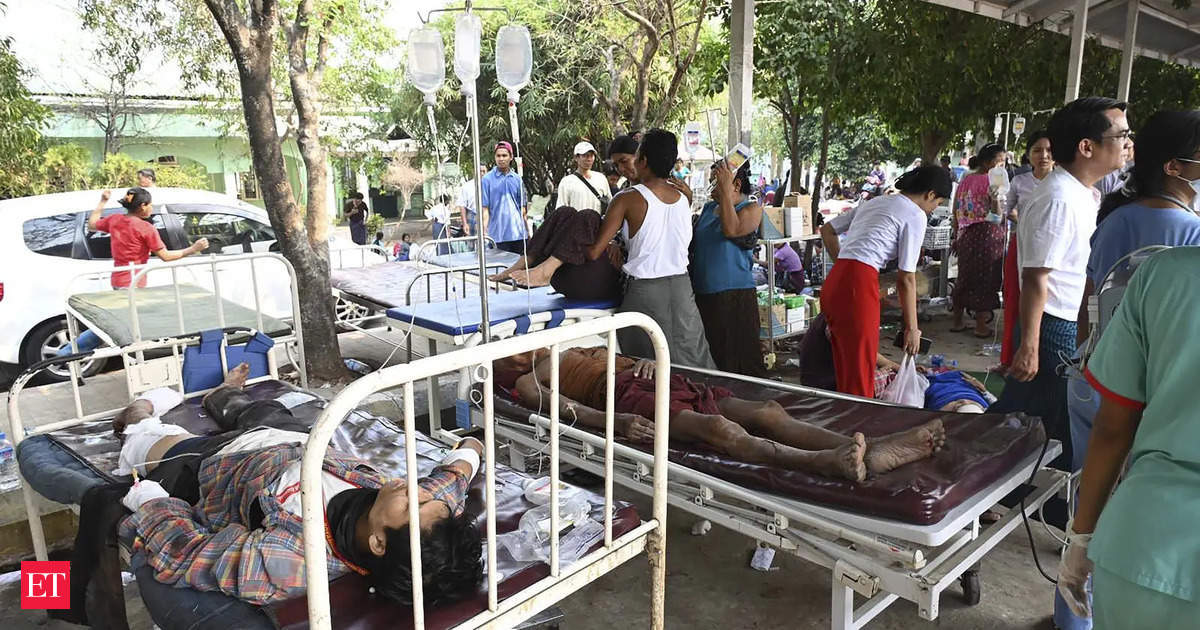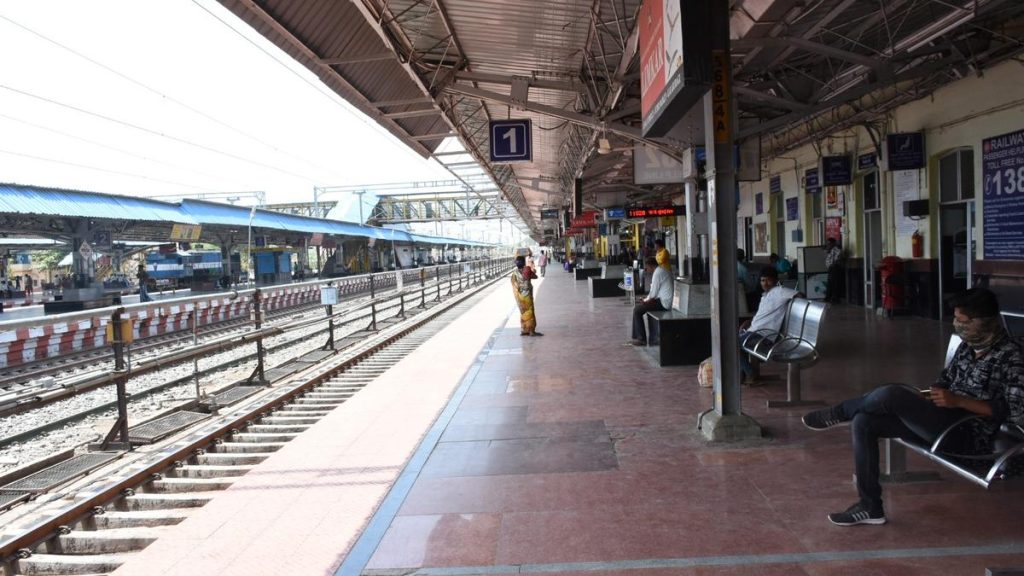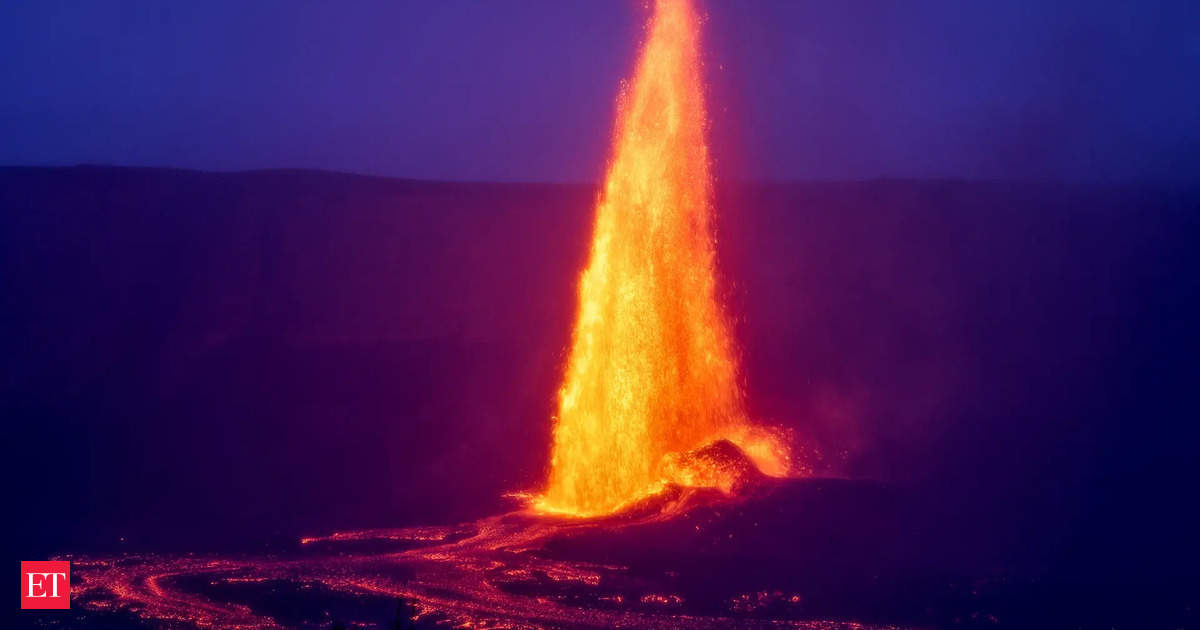Now Reading: Aftershocks Shake Myanmar Following Earthquake
-
01
Aftershocks Shake Myanmar Following Earthquake
Aftershocks Shake Myanmar Following Earthquake

Speedy Summary
- A massive 7.7-magnitude earthquake struck Myanmar on Friday, primarily affecting Mandalay, resulting in over 1,600 deaths in Myanmar and 11 fatalities in Thailand.
- A subsequent 6.7-magnitude aftershock caused further destruction, including the collapse of buildings, bridges, and roads across affected areas.
- Rescue efforts are underway with survivors still being pulled from rubble despite ongoing aftershocks; at least one woman was rescued from a collapsed building too applause from onlookers.
- Myanmar’s junta has reported over 3,400 injuries and at least 139 people missing but warns that communication challenges could mean higher actual numbers.
- Junta chief min aung Hlaing made a rare appeal for international aid due to the disaster’s scale-a shift from previous military positions of avoiding foreign assistance during crises.
- Anti-junta fighters have declared a two-week ceasefire in quake-hit regions and pledged cooperation with the UN and NGOs for rescue operations.
- Aid agencies have cautioned that Myanmar lacked preparedness for such a disaster; prior civil conflict had displaced millions and worsened food insecurity before the earthquake struck.
- in Bangkok (Thailand), an under-construction skyscraper collapsed following the quake. Rescuers deployed sniffer dogs, drones, and heavy machinery to find survivors amid fears of rising casualties.
Indian Opinion Analysis
The catastrophic earthquake in neighboring countries poses significant humanitarian implications for South Asia as a whole.India’s geographic proximity to afflicted areas like Myanmar may encourage its participation in providing essential disaster relief through medical aid or engineering expertise-fields where India has shown capability during past regional disasters such as Nepal’s earthquakes or Sri lanka’s floods.
Furthermore, destabilization in Myanmar could have indirect effects on border management between India’s northeastern states-notably Mizoram and Manipur-and Myanmar amidst ongoing refugee influx caused by civil unrest there post-coup in 2021.
India must also note worsening infrastructure fragility highlighted by Bangkok’s building collapse-reminding regional nations of urgent urban planning reforms required to mitigate losses during future natural calamities given South Asia’s seismic vulnerability zone.
Lastly, fostering aid collaboration through SAARC forums or bilateral humanitarian diplomacy could improve cross-border resilience strategies critical amid worsening climate patterns forecasted globally over years ahead.



























